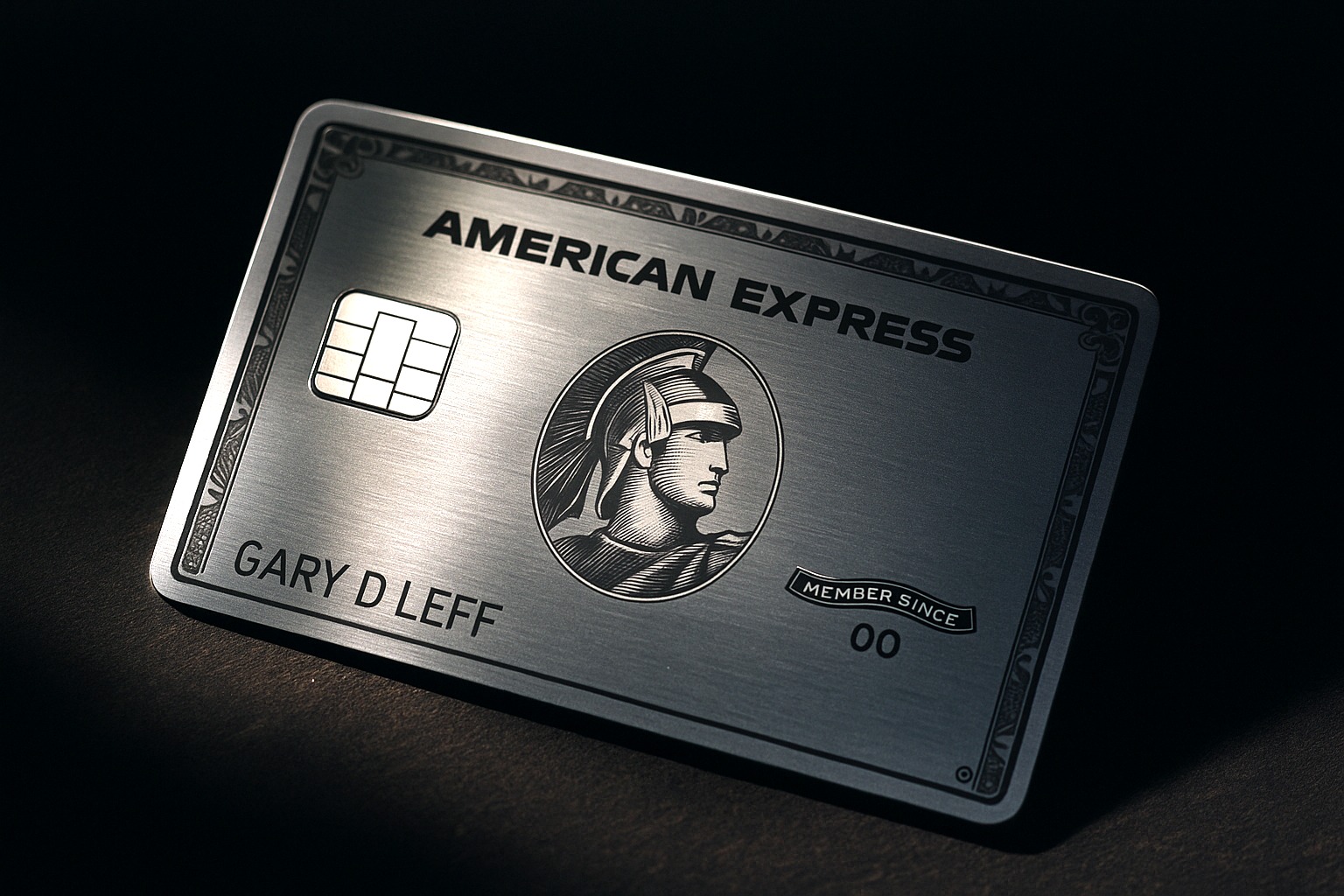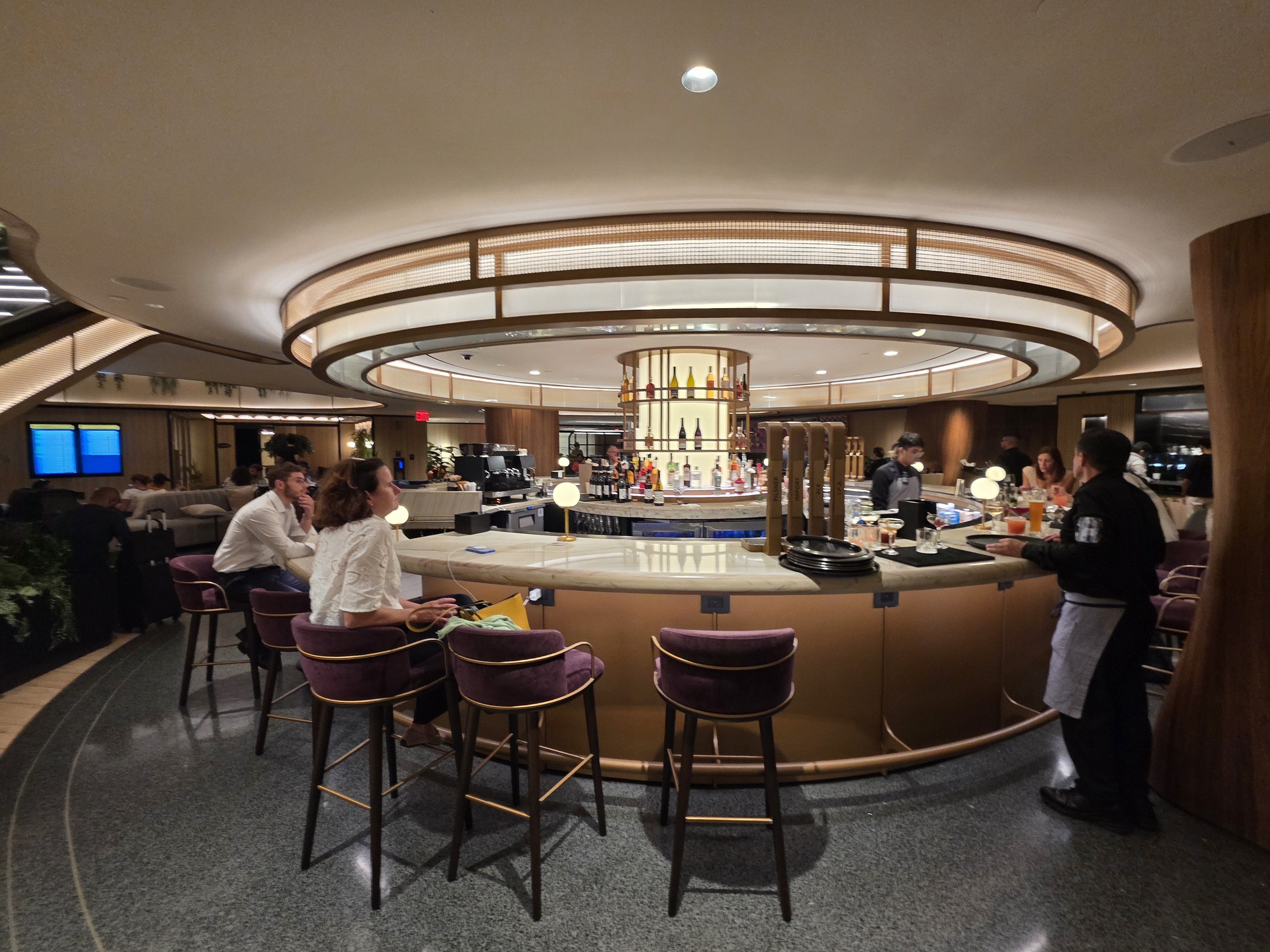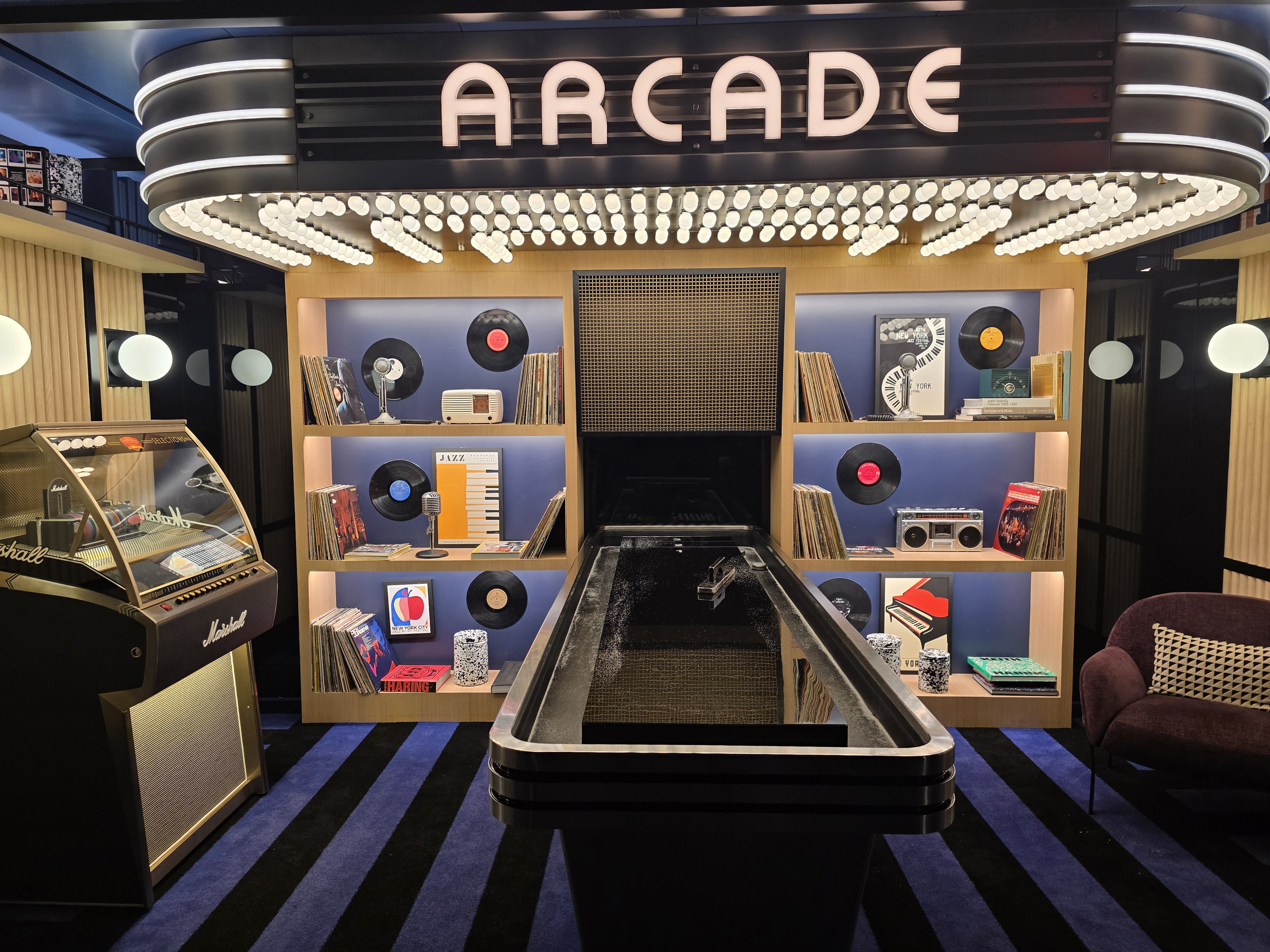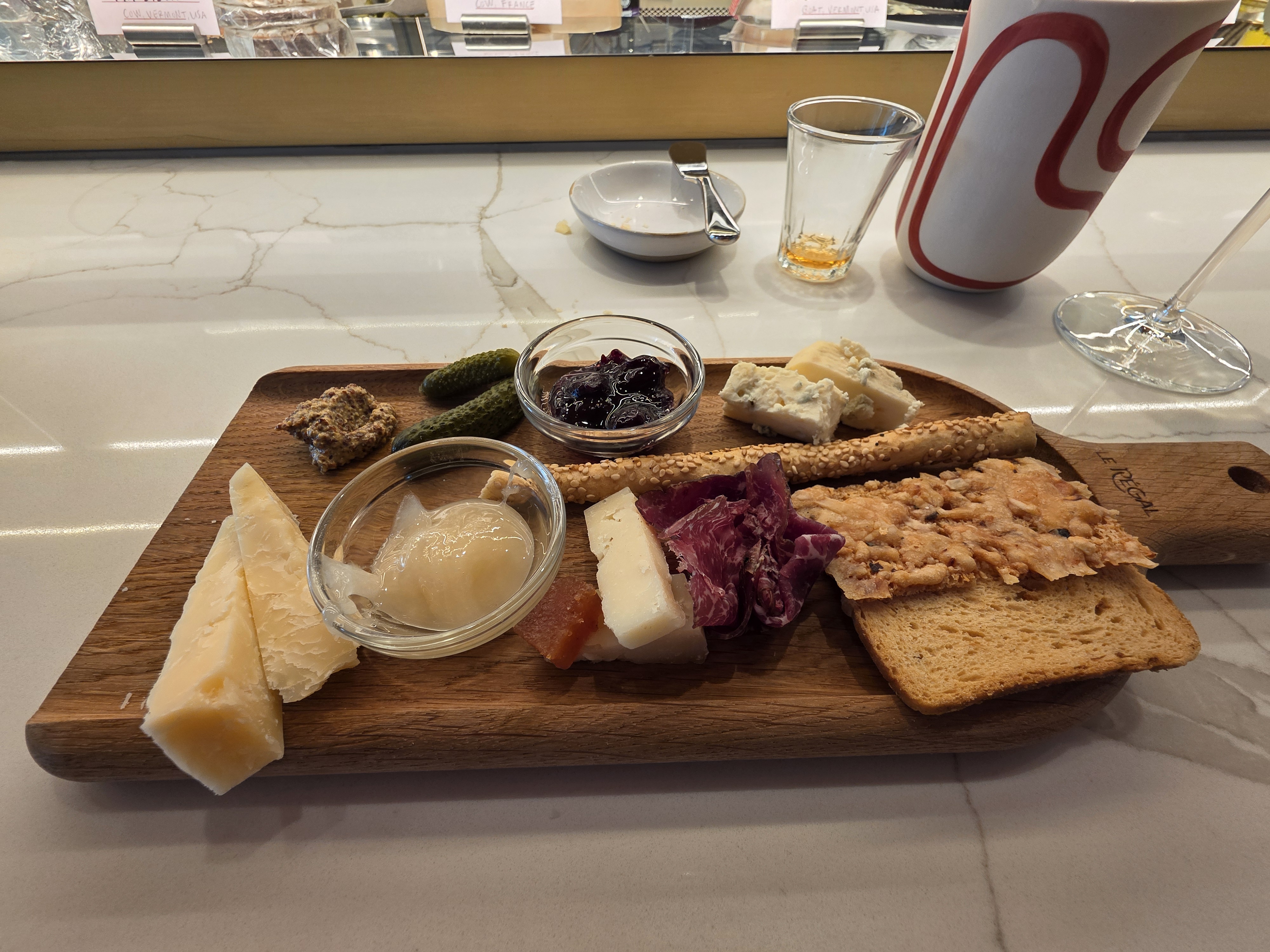I receive compensation for content and many links on this blog. Citibank is an advertising partner of this site, as is American Express, Chase, Barclays and Capital One. Any opinions expressed in this post are my own, and have not been reviewed, approved, or endorsed by my advertising partners. I do not write about all credit cards that are available -- instead focusing on miles, points, and cash back (and currencies that can be converted into the same). Terms apply to the offers and benefits listed on this page.
There’s a lot of confusion over what it means for a credit card to be ‘best’. And many of the fights and arguments are really two groups talking past each other, because they value different things without realizing it.
Basically, credit cards
- Do different things, and different people value different elements, well… differently.
- Have benefits that are better for some customer profiles than others.

So what we have to think about is what is this card actually good at and when comparing cards, is each one good at something else? And how do we compare those? And then, who is this card actually good for?
Obviously a credit card reduces transaction friction. We use it to buy something. And it bundles financing, both for those who do not pay their card off in full each month (at a high APR, but lower than some other forms of financing) and for those who do (since you have a few weeks from the end of your billing cycle to pay, you may get six weeks of free financing or float on purchases).
Beyond those basic functions, though, a rewards card generally gives you three things:
- Up front bonus. Card companies want to acquire customers and they know to do that they need to make the product focal. They can impress you with a big up front bonus. Plus, consumers don’t trust brands. They need to show you up front value – give you rewards quickly – to demonstrate you’ve made a good choice getting the card. And that’s why we have these big bonuses, to get you to apply and get you using the card and get you a reward quickly to prove you made a good choice and should keep using it.
There are cards with huge bonuses, and some with small ones. And if a card has a big one, that may be a great reason to get it! Try out the card after that! But the bonus itself is not a reason to keep the card after your first year, and it’s not a reason to put your spending on the card.
- Benefits. You might get free checked bags or lounge access or great travel coverages (trip or bag delay, primary collision coverage for your rental card). You might get a companion ticket or free hotel nights each year. Those are great reasons to keep a card. But – except to the extent earning them is tied to annual spend levels – they aren’t reasons to put much of your spending on the card.
- Rewards for your spending. Where you want to put your spend should be the card that gives you the most valuable rewards for that spending.
Some cards are great for certain categories of spending, like 5x on airfare, 4x on hotel or 3x on daycare. You’ll want to put that category spend on the card but not other spending.
Other cards are great for general spending, for instance you’ll earn 2x on all spending regardless of category and it becomes your ‘catch all’ for spending that isn’t more rewarded in a category on another card, that isn’t being used to earn a bonus, and that isn’t necessary to earn an annual card benefit you value heavily.
Often this means you want more than one card for your spending, for instance the card that is most rewarding for the type of spend you do the most and then the catchall for the rest so that you’re never earning just one point per dollar (if a no annual fee 2% cash back card is the ‘opportunity cost’ of your spending, you wouldn’t choose to earn just one point per dollar if you wouldn’t buy that point for two cents).

So when someone recommends the $595 annual fee Citi Strata EliteSM Card (See rates and fees.) and someone else says they don’t like the card they’re probably both honestly looking at the same set of facts – and valuing different things.
I’d bet the recommendation for the card is about that incredible first year value – a function of both:
- the limited-time initial bonus offer to earn 100,000 bonus Points after spending $6,000 in the first 3 months of account opening, and
- the annual $300 hotel benefit (discount on 2+ night stay booked through cititravel.com) which is available each calendar year; the $200 splurge credit (statement credit from merchants you can opt into like American Airlines and Best Buy) which is available on a calendar year benefit; and the $100 Blacklane statement credit available semi-annually.
A cardholder getting the product now could take advantage of each of those three benefits for $600, and do so again in the first half of 2026 for another $600. That’s $1,200 plus the value of 100,000 points – approaching $3,000 in first year value which is incredible.
But Citibank doesn’t have its own lounge network, offering just Priority Pass and 4 American Airlines Admirals Club passes each calendar year. So they aren’t really competing in the lounge space with American Express, Chase, or Capital One.

American Airlines Admirals Club Philadelphia A West

American Airlines Admirals Club Philadelphia A West
Many would say ‘but this card doesn’t compare to the American Express Platinum Card® (see rates and fees). Amex has its own lounge network, more credits, and I like Fine Hotels & Resorts more than Citi’s hotel booking platform. But Amex Platinum isn’t a card for most of your spending, either! In fact I try to only put airfare spend on the card, and as little else as possible.
Platinum is great in the benefits category. It’s great for its up front bonus offer of as high as 175,000 Membership Rewards® points after you spend $8,000 in eligible purchases on your new Card in your first 6 months of Card Membership.
Similarly, many argue that the Amex product is better than Chase Sapphire Reserve® (See rates and fees). I think it has better benefits – although it depends on which card’s lounges you’ll likely frequent. Chase, too, competes with a strong up front bonus to earn 125,000 bonus points after you spend $6,000 on purchases in the first 3 months from account opening. But it’s actually a good card for spending.
- 8x points on all purchases through Chase TravelSM, including The EditSM – great for hotels because you still earn hotel loyalty points and stay credit. And including airline tickets, cruises and short-term rentals booked on the platform.
- 4x points on flights and hotels booked direct.
- 3x points on dining worldwide

Chase Sapphire Lounge LGA

Chase Sapphire Lounge LGA
Sapphire Reserve beats the other two, I think, on actual spending though you still want to pair it with another card for your unbonused spend categories (just as you’d pair the Citi card with Double Cash, or the Amex card with Blue Business Plus).
Each one is good at different things just like Capital One’s Venture X is good for being the lowest cost of the bunch, with its own lounge network (smallest network, best food), and being good for actual, unbonused spend earning transferrable 2x points all purchases.

Capital One Landing DCA

Capital One Landing DCA

Capital One Lounge JFK
It is always important to think clearly about what purpose a card would serve in your wallet. And when comparing cards, ask if each one is valuable for the same thing?
I have all of these. They each serve a different role. I don’t recommend that everyone get all of them, let alone keep all of them. I think your long-term keeper for benefits aligns with (1) whose lounge network you’ll use in your travels and (2) whose credits cover spend you would naturally do anyway.
Each one, of course, is tremendous during that first year when you factor both the initial bonus and the credits. Then you have to ask, is it the card you’d keep (and keep paying on) for the benefits? And is it a card you’d actually use for your spending?
For rates and fees of the American Express Platinum Card®, click here.


Here is how I think about credit cards
1) Become equity partner at a V10 firm and you won’t have to worry about credit card rewards ever
Ah, the ‘keeper’ cards vs. the ‘for the sign-up bonus’ cards. Then, categories vs. catch-all. And, most challenging of all… reminding P2 which to use for what (safest bet, ‘please, just ask me.’)
@PENILE — Money (and status) doesn’t solve everything (but it often helps.)
As with everything…it’s what you value.
For me, I stick with the airline credit cards for one simple reason…elite qualifying booster. About the only thing I value from my elite status any more is access to preferred (extra room) seats and better accommodation during IRROPS.
There was a time when I found value in my AMEX card. Then came the hordes of people and now they are raising fees for the same benefits I used to enjoy for half the annual fee. So, no.
Like most of us, I travel a lot. I usd a card tied to the primary site. Delta, Marriott, Emirates., Hilton and cross link programs when useful.
I avoid all the cards that tie multipliers to booking through the card itself since I’m most cases that’s third party with the loss of primary benefits and problem resolution.
Everyone has different reasons as you said.
@1990 – money can’t solve everything, but poverty can’t solve anything!
If you are flying domestically, you have to think about credit cards. Because those equity partners and other HNWIs who care about things like professional status sure care about status in all aspects of their life. And they are not going to sit at the gate while they could be sitting in a lounge, or stand in a line when they could be skipping a line. And even equity partners fly commercial most of the time – the clients are paying for the travel cost, and they’re sure not paying for a private jet.
Which is exactly why the Elite make no sense if you are chasing HNWIs. You are not offering meaningful lounge access, just 4 Admirals Club passes (and if you are a HNWI the only AA lounges you care about are the ones that have the names of neighborhoods in both NY and London). It might make sense for dining out on the weekends except HNWIs generally dine out Monday-Thursday, often on the Company dime, and are with their families (or second families) on the weekends and whether you get 3x or 6x at the diner or whatever with the kids isn’t really moving the needle much.
If you are “playing the game” and looking to get a card for the SUB/Year 1 value, great! By all means take the 100k miles and cash value and move on to the next SUB. But “most people” are not playing the game and just want a good card (or pair of cards) that will get them a) travel status / lounge access and b) bonus points multipliers in key areas.
The beauty of the CSR was that it was simple. Use the card for travel and we’ll give you 3x and your first $300. Eat – 3x. Travel – great insurance benefits and we’ve got lounges for you. Everything else get a F.Un. card for 1.5x. Simple, right?
Ironically, Citi actually did something incredible this year – they replicated that KISS formula with the Strata Premier/DoubleCash (i’d also throw in a Strata Regular for good measure, but I like to overcomplicate things). Now that Chase has self-immolated with the CSR, Citi could have formulated a successful marketing pitch for the Premier. Instead we’ve got Kristen Bell commercials (and I guarantee you the top Kristen Bell story of the last month was that she couldn’t remember her anniversary and then had a very cringe post about her husband not killing her) and a death-knell WSJ article because Citi was so focused on income verification for the 0.1% of applications that came in through an uncontrolled link that it forgot to look up and see the forest for the trees. Great job, Citi!
Status matters and the perception of status matters. Every HNWI is going to have an Amex Platinum because it provides the best status and the best benefits – and Amex further solidified that this year. CSR used to be the second card in everyone’s wallet, now… people are sure asking questions. Citi… well, uh, didn’t exactly have the marketing campaign of the year. C1… well, those executives have to be sitting, smiling, happy they took this cycle largely off, and waiting for their opportunity to pounce.
@Parker — Must I go on the ‘air passenger rights legislation’ rank, yet again? While elite status may help during IROPS, what we all need is EU-261/Canada APPR ‘compensation’ when they mess up.
@Peter — 2 more hours until ‘Citi Nights!’
@PENILE — We ain’t peasants… Didn’t you say you’d pay a $50,000 annual fee if they gave you top status at each airline and hotel, without having to fly/stay?